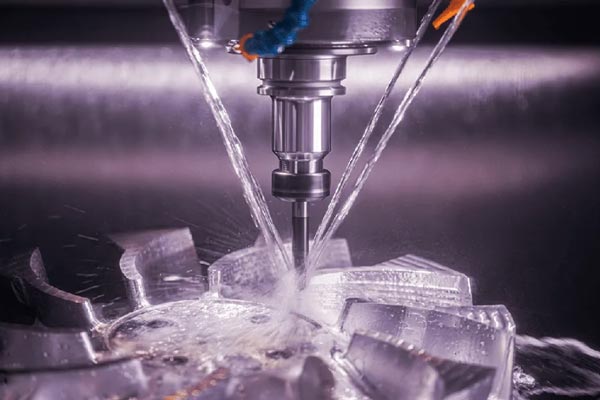In product development, prototyping is the most crucial part of the process, and often it is also the cause of delay in launching a product.
Traditional prototyping would have product designers and engineers create a dummy proof-of-concept using basic tools. And creating functional prototypes and production-quality parts will have to go through the same procedures as the finished product. If the chosen production technique is injection molding, tooling would be costly and takes a long time to set up. That is why the cost of prototyping will be astronomical.
Thanks to rapid tooling, manufacturers can create parts that can be quickly tested and validated before going into production tooling.
Rapid tooling helps create a realistic proof-of-concept for ideas. These prototypes have the look and feel of the final product. Let us take a deeper look at how important rapid tooling is in product development.
What is Rapid Tooling?
Rapid tooling goes hand in hand with rapid prototyping as both enable one to produce a tool or a prototype quickly. The techniques used here are divided into two categories: direct and indirect. The indirect approach uses a master pattern produced by additive manufacturing to create a mold or die. It is referred to as soft tooling techniques, utilizing silicone molds to create plastic parts and as a model for investment casting in metal parts.
One of the key processes in rapid tooling is 3D printing or additive manufacturing. There are many 3D printing techniques to choose from, including fused deposition modeling (FDM), stereolithography (SLA), selective laser sintering (SLS), and binder jetting. All of these are applicable in creating parts and patterns for soft tooling or direct tools and molds.
In some industries, 3D printing is not only used for rapid tooling but to produce fixtures, jigs, and tools to speed up the production process and significantly reduce the cost of production. This technology builds parts layer-by-layer and can produce one-off pieces at a lower cost.
By using 3D printing in rapid tooling, product developers can benefit from creating functional mold prototypes. These tools can be used for short production runs or customization of one-off parts. It is applicable in the jewelry industry, where a 3D printed wax model can be cast with precious metals to make finely crafted pieces. 3D printed tools are also applied in the automotive industry to streamline production and cut the cost of production.
In large volume production, to test and verify the 3D printed prototype mold, manufacturers used a more conventional tooling method like CNC machining in producing industrial-grade tooling. As such, it allows additive manufacturing to test the tool design and optimize it before creating an industrial tool.

CNC machine
How to Find the Best Tooling Services
Now that you have an idea of what prototype tooling is, it is time to find the best rapid tooling service. Rapid tooling has many advantages but it is not the most ideal process to use for every project. Most manufacturers need to deal with the inaccuracy of the molded parts because they are not as perfect as conventional manufacturing methods.
But this does not mean that rapid tooling is not useful. It is, in fact, one of the main drivers of prototyping. The advancements in technologies like CNC machines and 3D printers have allowed manufacturers to create complex parts with accuracy.
In this case, the only thing that will hinder these manufacturers from using the best rapid tooling methods is if they cannot find a reliable tooling expert. However, there are plenty of companies with expertise in rapid tooling and they offer their services to companies big and small.
The answer to these questions will help you find the best rapid tooling service for your project.
- What is your lead time for the project?
- Will there be multiple material testing?
- How complex is your design?
- Does your design need a high level of precision?
- What is your budget?
Conclusion
Rapid tooling is important in product development because it offers flexibility, lower production costs, and lead time. The different approaches to rapid tooling in manufacturing determine the outcome of the project. Use our guide questions to choose the right option. The company you choose must offer advanced rapid tooling methods and technology.
